A strong earthquake of a magnitude of 7.5 that rocked central Japan on January 1, 2024,[1] sent shockwaves through the area and prompted a tsunami warning. The epicenter, which highlighted the nation’s susceptibility to natural disasters, was close to Anamizu in the coastal prefecture of Ishikawa. It left a path of devastation in its wake.
Impact of the Earthquake
Widespread Damage
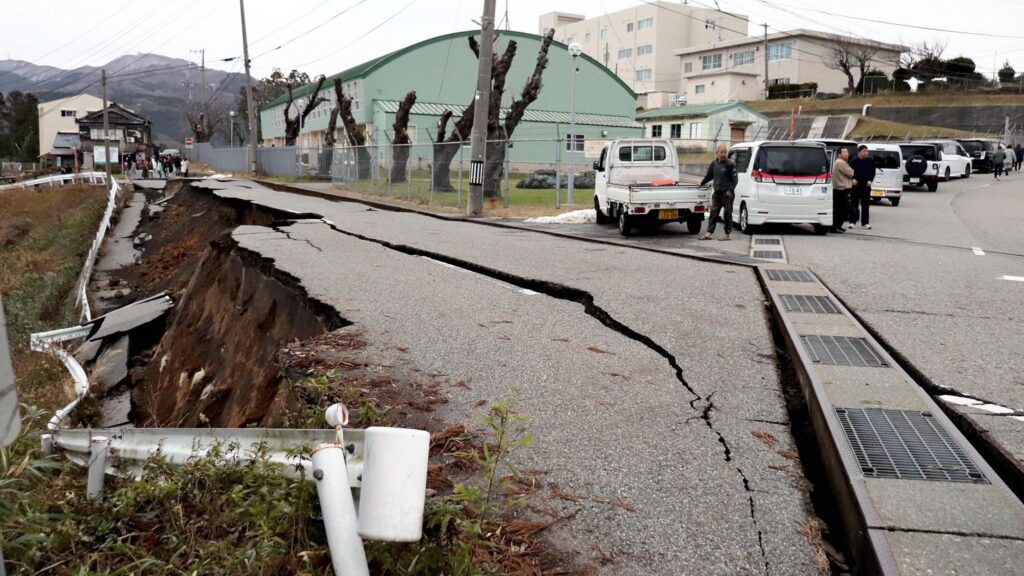
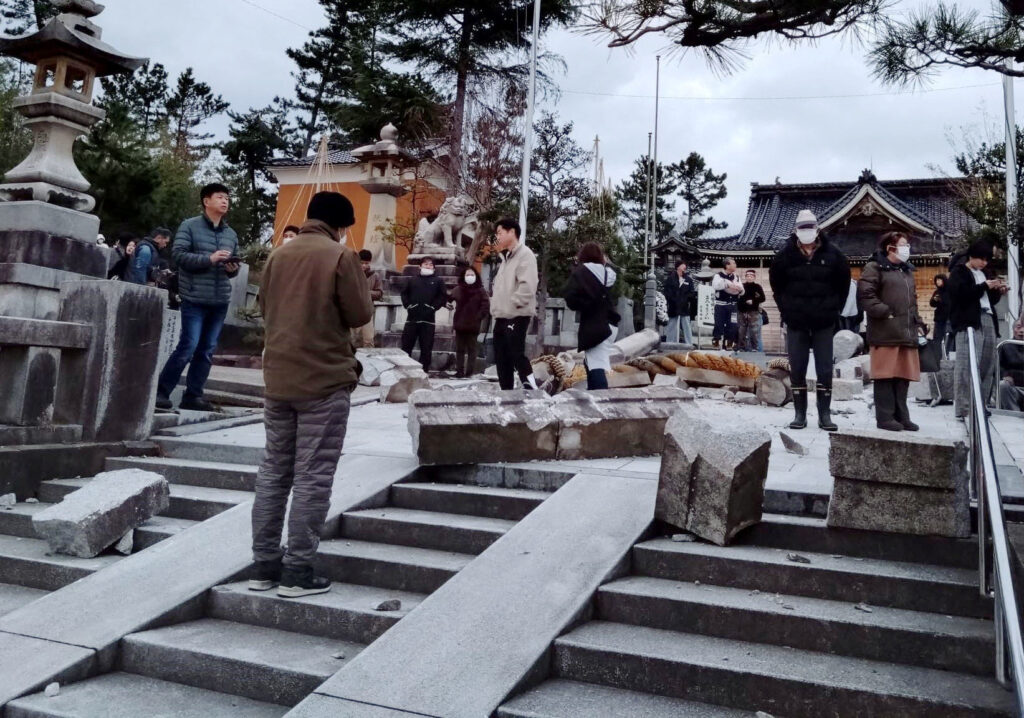

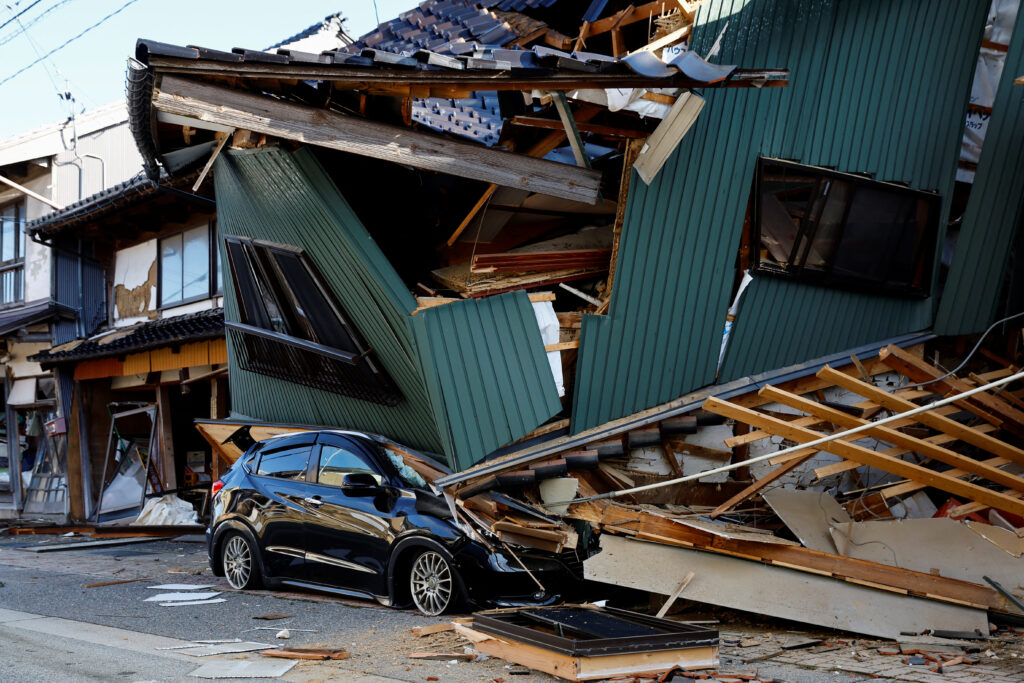
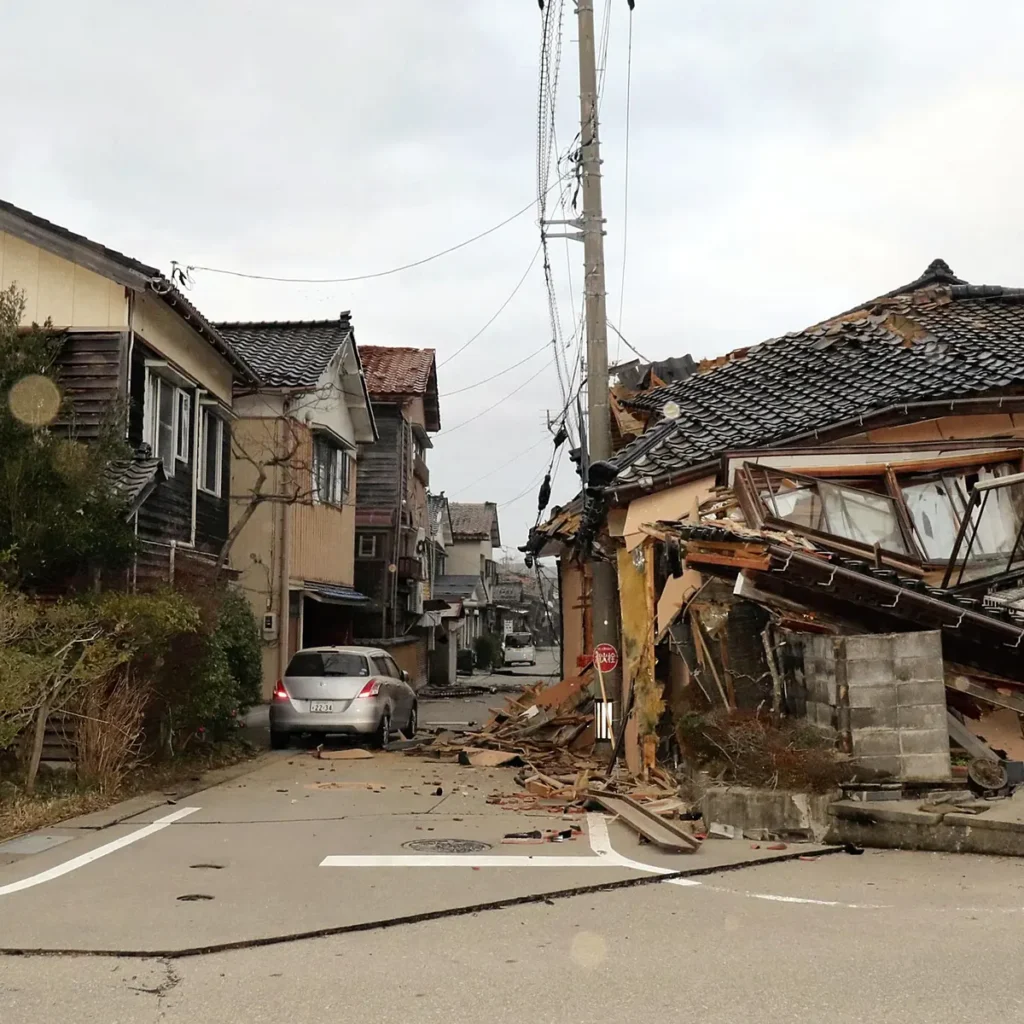
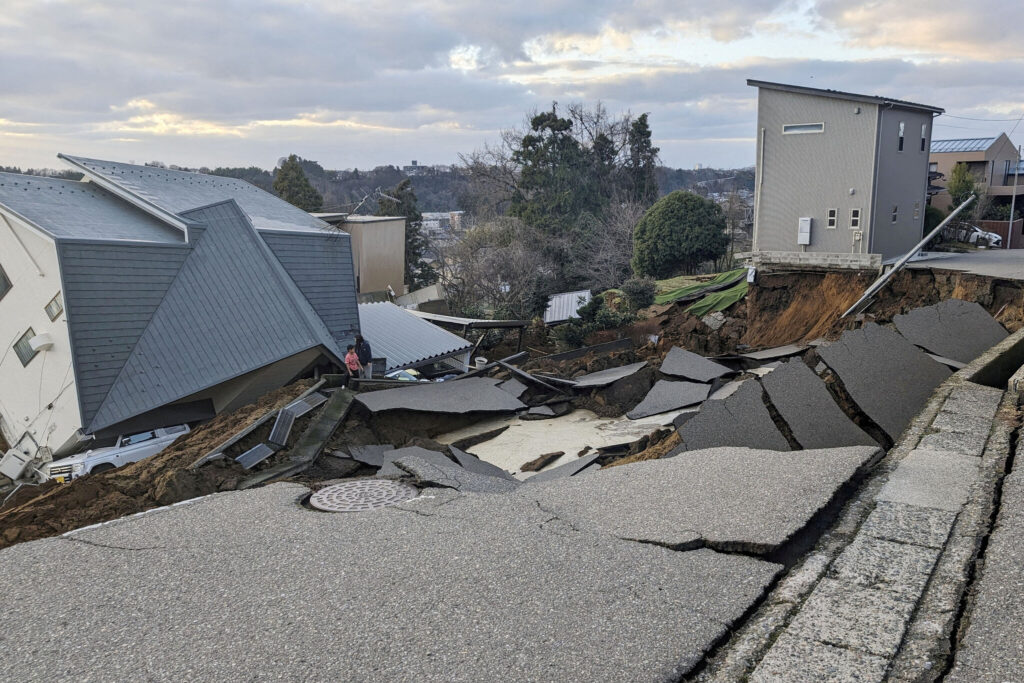
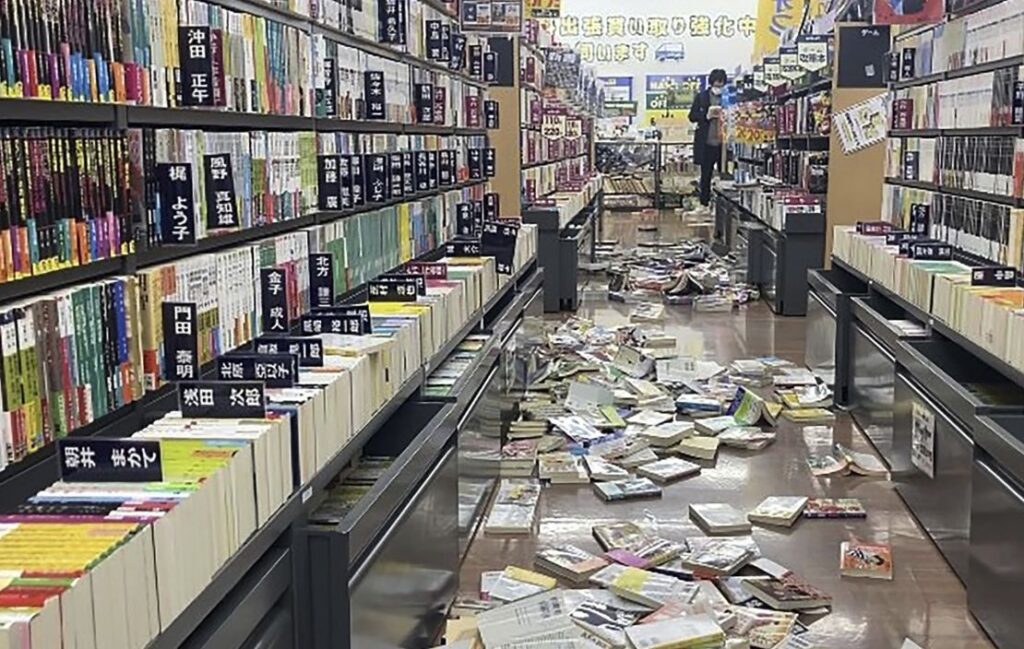
According to the news, a 7.5 magnitude earthquake struck the west coast of Japan on New Year’s Day, causing widespread damage to buildings and infrastructure. Many more have been hurt, and at least eight deaths have been confirmed[2]. Although the tsunami warnings have been canceled by the Japanese government, the damage is still being evaluated[3].
Some buildings completely collapsed, while others rocked fiercely. Transportation networks were disrupted by cracked and crumbled roads and bridges. Thousands of households were left in complete darkness due to power outages, which made communication and emergency response activities difficult.
Threat of a Tsunami
Within 186 miles of the epicenter, coastal areas may be at risk from potentially dangerous tsunami waves, according to the Pacific Tsunami Warning Center.[4]
A tsunami warning was issued in response to the earthquake, forcing people living along the shore to seek higher ground. Tensions remained high despite the fact that the initial waves were smaller than expected, rising as high as 3 meters (10 feet) in certain places.
Casualties and Injuries
At least eight people have been confirmed dead, and many more have been injured.[5]Rescue workers are still looking for possible victims who may be stuck in the rubble.
For comprehensive data on industrial accidents and occupational disorders in Japan, you can consult the Occupational Safety and Health Statistics offered by JISHA [6].
Japan’s Response
Japan’s Swift Evacuation
Japan has a well-practiced disaster preparedness system, and when the tsunami warning was issued, locals promptly evacuated coastal districts. This prompt action probably reduced the number of casualties.
An article on The Culture Trip claims that all homes in Japan are constructed in accordance with strict legal requirements for earthquake resistance[7]. The text also states that adherence to these criteria is necessary for office buildings and schools.
It is crucial to be prepared for earthquakes and know what to do in their event.Japan Living guidance offers a thorough guidance on what to do in the event of a Tokyo earthquake, covering topics such as English-language radio stations, interior and outdoor safety, and evacuation locations[8].
Emergency Response
Rescue teams were sent out right away to evaluate the damage, look for survivors, and help the impacted towns. In order to supply emergency supplies and shelters, the Japanese government activated its disaster response plan and coordinated with local authorities.
Emergency number In Japan, there are distinct phone numbers to call in an emergency to notify the police (110) and fire/ambulance (119).1. Dial 110 to reach the police if necessary. Dial 119 if you need the fire department or an ambulance.
It is crucial to be prepared for emergencies and know what to do. Information about emergency response and transportation in Japan can be found at Trek Medics International[9]. In Japan, traditional ambulances are used for both emergency response and transportation. Doctors may also be sent in conventional cars to arrive more quickly and start treating patients while they wait for the ambulance to arrive. Occasionally, the fire department will help ambulance staff.
Nuclear Safety
The earthquake raised concerns about the nearby Tokai No. 2 nuclear power plant. However, officials confirmed that there were no irregularities at the facility, and no radioactive leaks were detected.
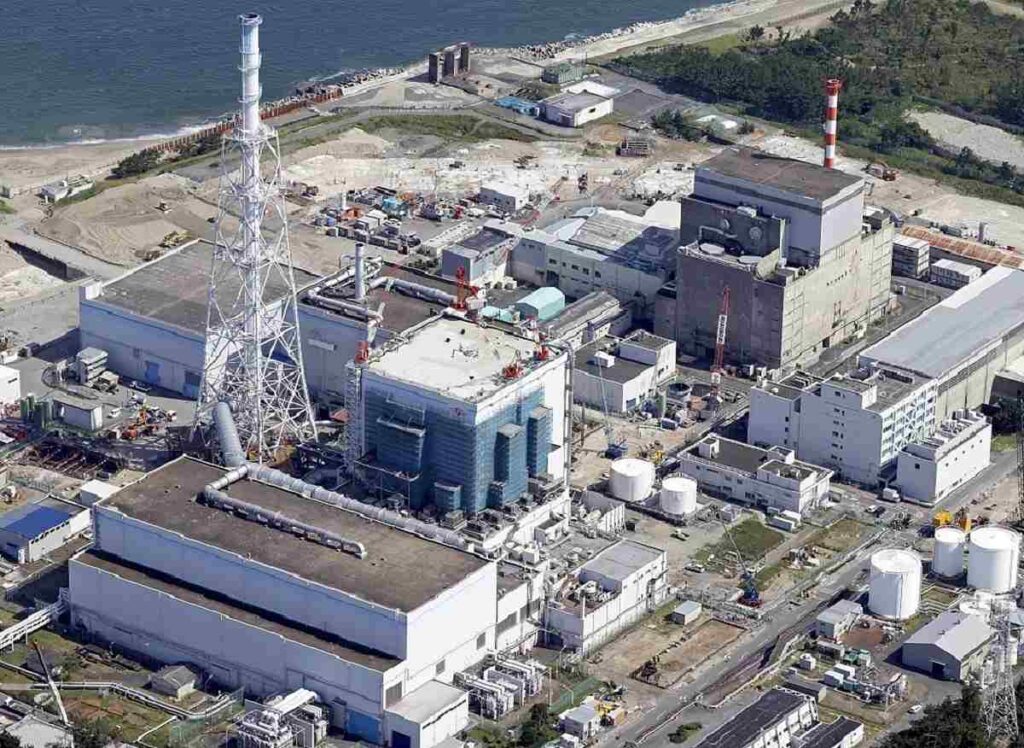
An article states that the Tokai No. 2 nuclear power station is no longer operational due to damage sustained in the tsunami that ensued after the Great East Japan Earthquake[10].
Understanding the Context
Seismic Activity
Japan is located in the “Ring of Fire,” an area that experiences regular volcanic and seismic activity. Earthquakes are common in the nation, and this incident serves as a reminder of the ongoing threat that natural disasters offer.
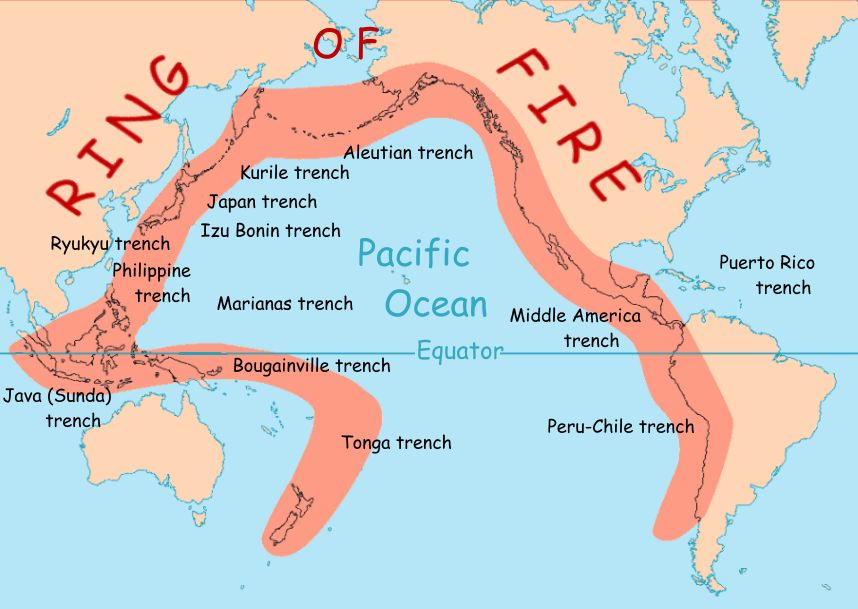
Japan is located on the Pacific Ring of Fire, an earthquake-prone region tracing the Pacific Ocean and home to numerous active volcanoes. The 40,000 km long Ring of Fire is formed like a horseshoe and has 452 volcanoes. Because of its position within this seismically active region, Japan is accustomed to experiencing powerful earthquakes and tsunamis[11][12].
Japan has made deliberate investments in developing earthquake-resistant structures over the past century and has produced guides to assist households in being fully ready for a range of probable calamities, such as an earthquake striking Tokyo directly[13].
Building Resilient Communities
Since the Great East Japan Earthquake in 2011, Japan has been improving its readiness for disasters and restoration efforts. The Japanese government has made significant investments in the construction of infrastructure and buildings that are earthquake-resistant, and it has produced guides to assist households in being completely prepared for a range of potential calamities, including an earthquake that strikes Tokyo directly[14].
The National Era claims that Japan has built some of the world’s most earthquake-resistant structures, and that their ability to move with the ground beneath them is their secret[15]. The skylines around Tokyo, Osaka, and Yokohama are dominated by their tall buildings. The towers appear to be as stable and unwavering as any man-made building can be.
Like in each major metropolis across the world, these structures serve as the fixed background to everyday urban life in Japan. They are stationary and motionless, the fulcrum around which the rest of the busy metropolis revolves, while people and vehicles swarm around them. It takes an earthquake to disprove the illusion that perspective is. Skyscrapers in Japan need to be movable[16].
The Road to Recovery
The entire scope of the earthquake’s destruction is still being determined. It is evident that the road to recovery will be difficult and drawn out. Government, local authorities, and the international community will need to work together to rebuild infrastructure, support impacted people, and ensure long-term resilience.
The magnitude 7.5 earthquake that struck Japan is a sobering reminder of both the might of nature and the value of being ready. It also demonstrates the Japanese people’s tenacity and their capacity to act decisively under pressure. The world looks on with hope and support as the nation heals from this catastrophe, lending a helpful hand and picking up important lessons from Japan’s experience.
Additional Resources:
- Japan Meteorological Agency: https://www.jma.go.jp/
- Prime Minister’s Office of Japan: https://japan.kantei.go.jp/
- The Japan Times: https://www.japantimes.co.jp/